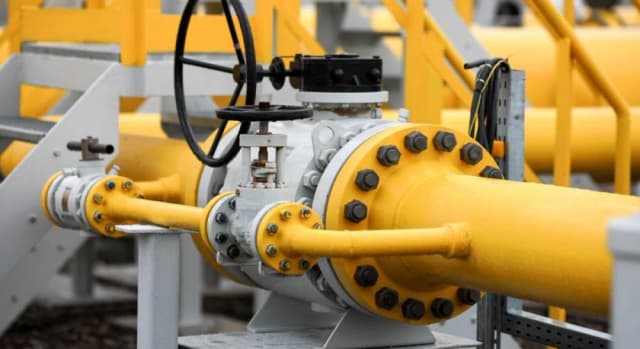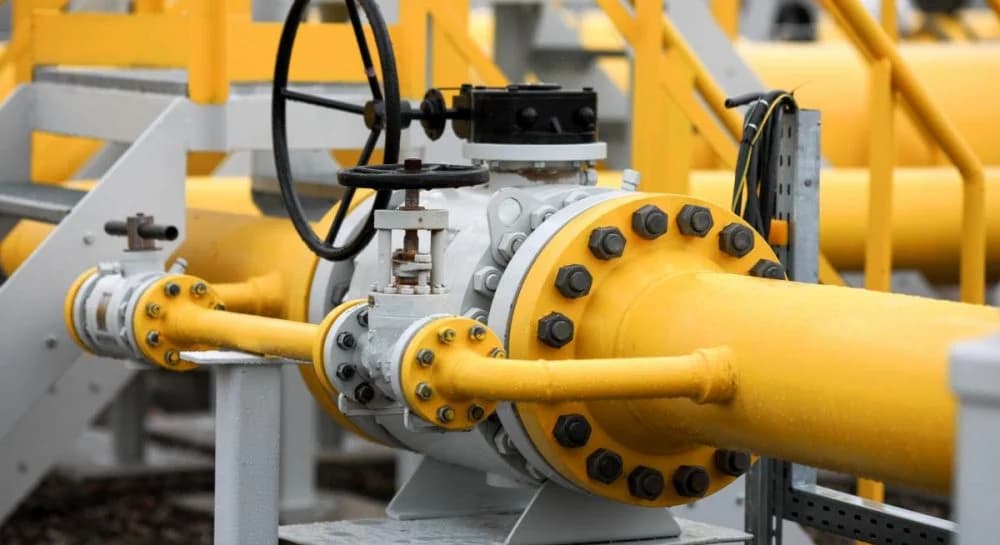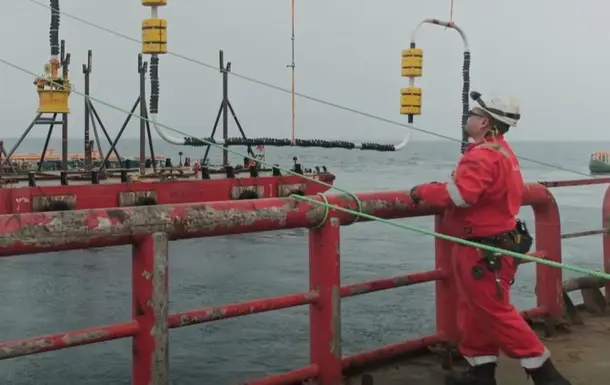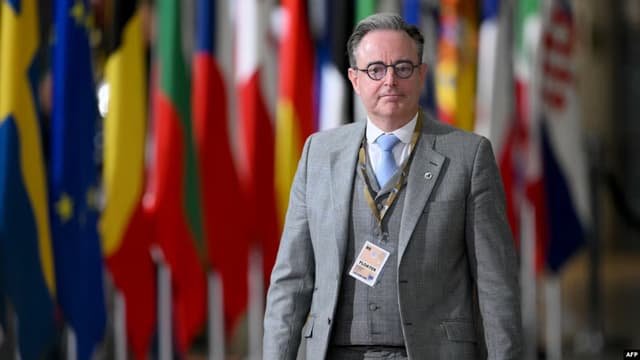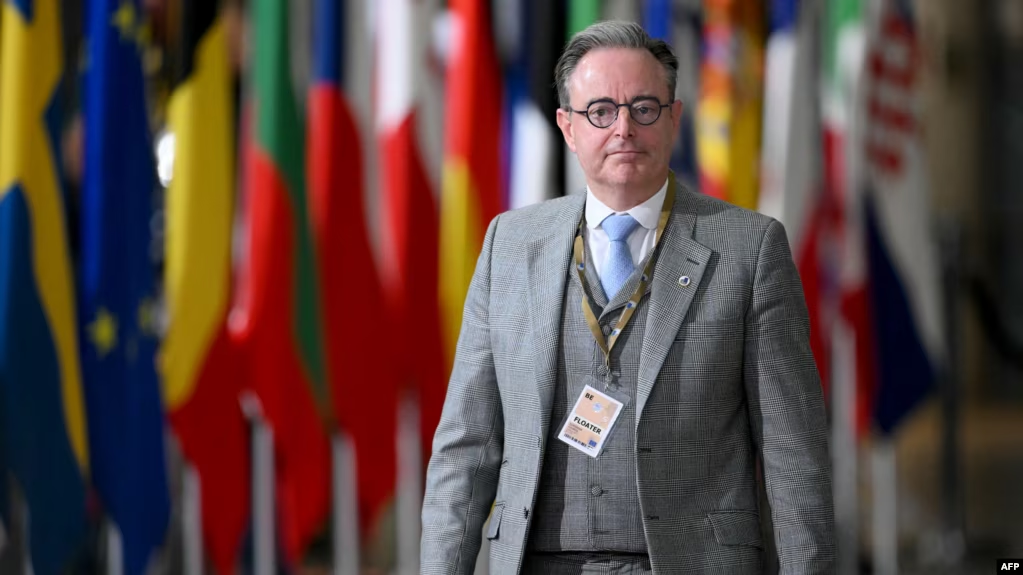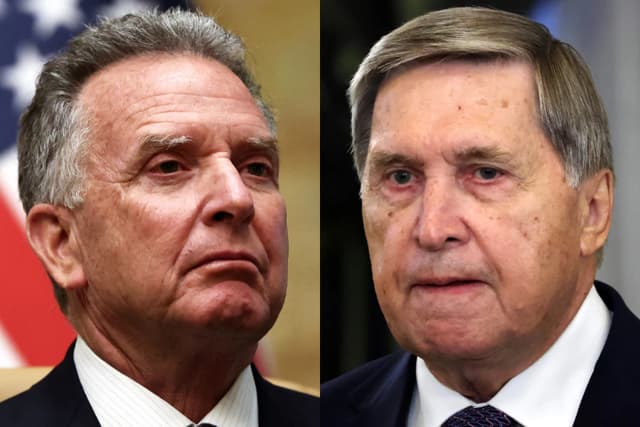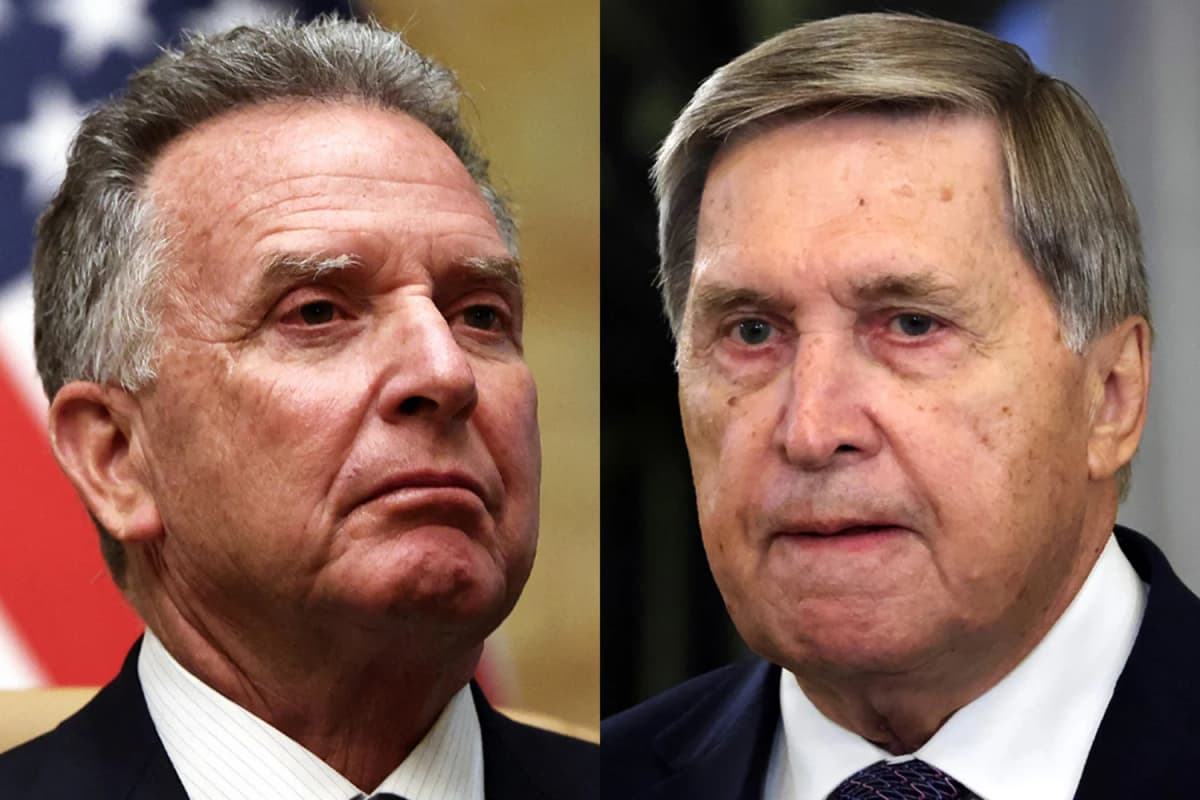50 days for Putin: has President Trump taken Ukraine's side?
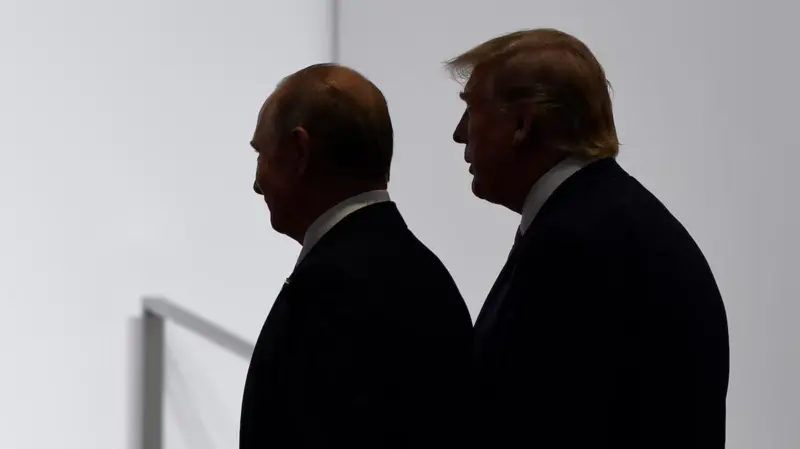 Photo: AP
Photo: AP
Compared to the previous six months, President Trump's position seems incredible. What influenced Donald Trump's change of position and has he become pro-Ukrainian?
The rise of Republican hawks
During the first five months of Trump's second presidency, MAGA isolationists dominated foreign policy. The influence of traditional Republicans, such as Secretary of State Marco Rubio and Special Representative for Ukraine Keith Kellogg, was weakened. Meanwhile, Special Representative Steve Witkoff focused on three key diplomatic tracks: Israeli-Palestinian, Iranian and Russian.
The culmination of the isolationists' dominance over the Republican hawks was Mike Volz's resignation as national security adviser in early May. According to the Washington Post, Mike Volz was considered much more inclined to use military force than Trump. Volz proposed striking Iran and coordinated a military operation against Tehran with the Israelis. This was partly why Trump fired Volz.
A month later, the situation changed dramatically. Amid the escalation of the Israeli-Iranian conflict, a number of American media outlets (POLITICO, CNN, The Atlantic, etc.) reported on the intensifying struggle between Republican hawks and MAGA isolationists over the appropriateness of US intervention in the confrontation with Tehran. As negotiations led by Steve Witkoff on a new nuclear agreement with Iran reached a dead end, the hawks called for immediate US air strikes at Iranian nuclear facilities, while the isolationists demanded that Trump keep his campaign promise not to drag the US into new wars.
For example, on 10 June, POLITICO reported that an influential group of Republican hawks had launched a behind-the-scenes lobbying offensive, demanding that President Trump not only abandon his administration's pursuit of a nuclear deal with Iran, but also authorise an Israeli attack on Tehran (Israel's Operation Lion's Roar ultimately began on the night of 13 June).
Interestingly, on 4 June, during a private dinner with Trump at the White House, conservative talk show host Mark Levin told the president that Iran was days away from creating a nuclear weapon and urged him to allow Israel to strike Iranian nuclear facilities. Levin has long been waging a public war against Special Representative Steve Witkoff, who was also present at the meeting, according to POLITICO. Rupert Murdoch's conservative media, including the New York Post, also stepped up their criticism of Steve Witkoff, suggesting that he is a mouthpiece for Qatar.
The hawks' lobbying offensive then prompted a coordinated effort by MAGA isolationists to defend Witkoff. A few hours after Levin's meeting with Trump, Tucker Carlson, who had apparently been warned about the meeting by someone familiar with what had happened, wrote a post on X, accusing Levin of trying to intimidate the United States and drag it into war. Vice President JD Vance, perhaps the most influential leader of the party's anti-war faction, spoke out in defence of Witkoff on Theo Vona's podcast immediately after Levin's meeting with Trump.
The key politician who convinced Trump to strike Iran was Senator Lindsey Graham, one of his most influential national security advisers. He is also the most vocal lobbyist for increasing support for Ukraine and putting pressure on Russia. On 17 June, CNN reported that when Trump was preparing to leave the G7 summit in Canada a day earlier, he called Lindsey Graham. In that phone call, Graham personally urged Trump to go ‘all in’ to end any hopes Iran had of obtaining nuclear weapons, using US military force if necessary. According to the Wall Street Journal, Graham had also been advising the president on Iran since the Midnight Hammer military operation on the night of 23 June, during which the US carried out strikes at key Iranian nuclear facilities. However, according to the WSJ, Graham finds it more difficult to convince Trump about his position on Ukraine.
In this way, the hawks were able to at least temporarily strengthen their influence against the backdrop of the isolationists' failures. Over the past month, Steve Witkoff has been virtually inactive on his three diplomatic tracks, on which he had previously achieved no success. There was also a weakening of positions, for example, by Director of National Intelligence Tulsi Gabbard.
In addition to Iran, behind the scenes, Republican hawks have been working for months to push Trump toward a tougher stance on Russia, according to the British publication The Telegraph. A central role in these efforts was played by Keith Kellogg, Trump's special representative for Ukraine, who was removed from the Russian negotiating track in January-February in favour of Steve Witkoff. But as peace talks stall and Putin intensifies his strikes aimed at Ukrainian cities, Kellogg's subtle work is said to have pushed Trump to take a tougher stance on Russia.
Marco Rubio's close relationship with the president also allowed him to intervene when Putin intensified his attacks in recent weeks. At the same time, Senator Lindsey Graham promoted his draft ‘Russia Sanctions Act,’ which gathered the support of more than 80 senators in the upper house of Congress.
Traditional Republican hawks are more sympathetic to Ukraine. Accordingly, their growing influence in the Trump administration against the backdrop of the Israeli-Iranian confrontation is one of the factors that has contributed to Trump's change in rhetoric in favour of Ukraine.
European diplomacy
Over the past few months, European leaders have been working to convince Trump to arm Ukraine and pressure Putin to engage in serious negotiations. Germany, France, the United Kingdom and other countries have stepped up their cooperation with the US government. Behind the scenes, European politicians have been developing relationships with key Trump administration officials who are considered more sympathetic to Ukraine, as well as with a network of pro-Ukrainian Republican lawmakers.
For instance, according to the WSJ, Finnish President Alexander Stubb befriended Trump at a golf tournament in Florida. German Chancellor Friedrich Merz visited Trump on 5 June and has spoken with him almost weekly since then. NATO Secretary General Mark Rutte sent Trump complimentary messages and skilfully adapted for the American president.
The German government promoted the initiative to purchase American weapons for Ukraine with European funds. On 3 July, during a telephone conversation with Trump, Merz offered to purchase two Patriot systems for Ukraine, as the Pentagon had suspended military aid to Kyiv, which Trump apparently did not know about. During the conversation, Trump said that Putin was trying to deceive him. The next day, after Trump saw more horrific footage from Ukraine, he offered to sell not two, but five Patriot systems in his improvised call to Friedrich Merz. The German leader immediately agreed, seeing a window of opportunity.
European leaders knew that Trump, who views global politics primarily as zero-sum financial transactions, would find it much easier to agree to supply weapons to Ukraine if Europeans bought them.
The success of the NATO summit in The Hague on 24-25 June also pushed Trump towards their direction. During the summit, almost all Alliance member states said they would spend 5% of their GDP on defence, meeting Trump's demand.
Agreement with NATO
On 10 July, Trump called Mark Rutte and announced that Ukraine should receive everything it needs for defence, but that Europeans should pay for it. According to Rutte, the countries that have expressed interest include Germany, Finland, Denmark, Sweden, Norway, the United Kingdom, the Netherlands and Canada.
On 14 July, during a meeting with Rutte in the Oval Office, Trump announced that the US and NATO had reached an agreement on supplying weapons to Ukraine. According to him, the US will produce ‘the best weapons in the world’ and sell them to NATO, and the Alliance will coordinate supplies to Ukraine.
According to Axios, the US will transfer approximately $10 billion worth of weapons to Ukraine as part of the agreement with NATO. The aid to Ukraine will include missiles, air defence systems and artillery shells.
However, as military analyst Mykola Bielieskov notes, it is pointless to analyse Trump's new plan for Ukraine in terms of its impact on the war, because Kyiv has not received anything yet. The question of the nomenclature and speed of transportation remains opened, and this is key in terms of the impact on the war.
Nevertheless, the US permission to sell NATO weapons, with the understanding that these weapons will be transferred to Ukraine, arose from the confidence that Europe is ready to pay enough. One of the White House's motives - to join the EU defence fund without nesseccity to meet Brussels' requirements for this.
Brussels' key requirement for third countries to join the defence fund was ‘defence agreements with the EU’. The United Kingdom and Norway have such agreements. Canada is finalising such an agreement. Each of the third countries makes appropriate financial contributions to the joint fund.
Paris has long opposed the involvement of the United States. But last month, France softened its position somewhat, which made it possible to simplify the requirements for using the fund. However, Washington has not signed any additional agreements yet.
By selling weapons to Ukraine, the US is contributing to the fund without having to comply with Brussels' requirements for separate defence agreements and localisation of production in the EU. The only thing Brussels was able to secure for itself was Washington's agreement that the costs of supporting Ukraine would be included in the 5% defence commitments of NATO member states agreed at the summit in The Hague.
This fits nicely into the America First ideology, which can be sold to voters in the 2026 midterm elections and the 2028 presidential elections.
Why give Putin 50 days?
During a meeting with Mark Rutte at the White House, Trump threatened to impose 100% tariffs on Russia and its partners if Putin did not end the war within 50 days.
"We are very, very unhappy with them [with Russia – ed.]. We’re going to be doing very severe tariffs if we don’t have a deal in 50 days. Tariffs at about 100%. You call them secondary tariffs [tariffs against Russia’s trading partners – ed.],"Trump said.
But despite all the enthusiasm generated by Trump's tough statements, the real impact is that he has given Putin another 50 days to wage war. This means that over the next 49 days, Russia will continue to shell Ukrainian cities and make every effort to kill more Ukrainians and seize more Ukrainian territory, just as Kir Giles, a Russia analyst at the London-based Chatham House think tank, correctly points out.
The 50-day deadline gives Russia enough time to develop its own alternative plan and once again outsmart Washington with a diplomatic manoeuvre that Trump may well be willing to agree to.
In the autumn, circumstances may arise in which the parties, either due to Ukraine's exhaustion or Russia's miscalculations, will be more ready for meaningful negotiations. It is possible that Trump believes that a slightly weakened Ukraine, after these 50 days of confrontation with Russia, will be ready to make greater compromises.
Anyway, the White House must have a plan of action for the 51st day if Putin does not agree to end the war. And Putin will not agree, because he is betting on a favorable change on the battlefield in favour of Russia, which could theoretically make Ukraine and the West more compliant with the Kremlin's key demands.
But Trump does not have a consistent, realistic and fair policy to achieve an end to the Russian-Ukrainian war. Part of the blame lies with his team, especially in the Department of Defence.
Trump finally needs to abandon the claim that this is ‘Biden's war’ and acknowledge that the current state of the Russian-Ukrainian war is his responsibility, noted Luke Coffey, a senior fellow at the Hudson Institute. Accusing former President Joe Biden may have resonated during the election campaign, but Trump has been in the Oval Office for six months now. Denying the war is no longer politically justifiable and certainly does not help find a solution.
The US president must ensure the use of all available aid to Ukraine, already authorised and allocated by Congress. He must also urge Congress to pass a new aid package for Ukraine when the current aid expires. If Putin does not respond to Trump's calls to sit down at the negotiating table within 50 days, the White House will need a more reliable plan to help Ukraine, and that will require additional resources from Congress.
Trump has three and a half years left in the Oval Office. Whether he likes it or not, the outcome of the Russian-Ukrainian war will feature prominently in his legacy. If he wants to bring Russia to the negotiating table, he needs to apply real pressure, not postpone it for 50 days or any other period, because Ukrainians will not sell their independence and will continue to fight. The United States has already taken too many steps towards Russia. Enough is enough. It's time to recognise that Russia won't stop until it's stopped.
Has President Trump taken Ukraine's side?
He has certainly not become pro-Ukrainian, and it is unlikely that he ever will be. Yet, after six months of pressure and humiliation, his tough rhetoric against Putin and authorisation to sell weapons to Ukraine at NATO's expense may appear to be significant progress. However, without the Trump administration's disastrous policy towards Ukraine and Russia over the past six months, none of this would be perceived as progress or success.
Perhaps Trump is becoming anti-Putin, though. Such a change of views by the 47th US President would also seem incredible. Still, this change did not come out of nowhere. It is important that the actors and influencing factors described in this article continue to influence Donald Trump's position.
You may be interested
